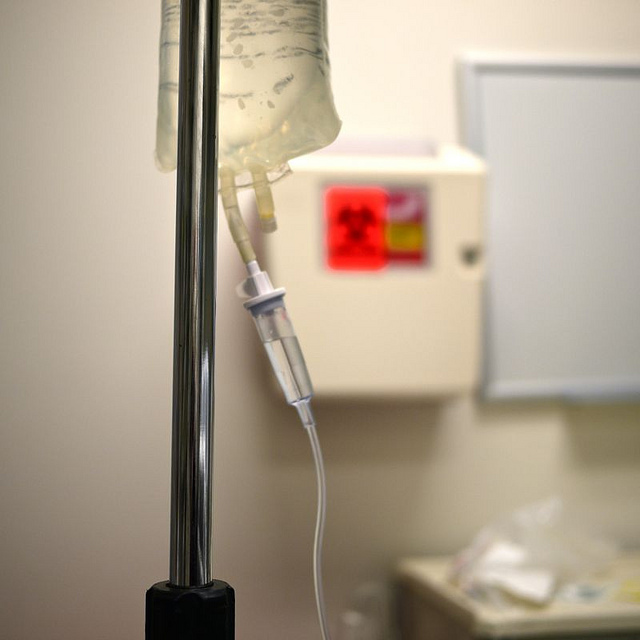With CRISPR gene editing, unique treatments begin to take off for rare diseases
By Meeri Kim,
The Washington Post
| 02. 05. 2022
Paddy Doherty remembers his father as a proud, hard-working family man who stayed physically fit for most of his life. A career in construction and various home improvement projects kept him active until his 60s, when Doherty first caught glimpses of a worrying decline in his dad’s health.
“I noticed him getting breathless on walks. He’d stop for a while and maybe make an excuse for stopping, saying, ‘Oh, isn’t that a lovely tree’ or whatever,” said Doherty, who lives in Ireland. Doctors chalked it up to angina, or chest pain caused by reduced blood flow to the heart, symptomatic of an underlying heart problem.
But two years later, when Doherty’s father died of a sudden heart attack, the true cause was discovered: a rare disease called transthyretin (ATTR) amyloidosis, characterized by a misfolded protein that builds up in the heart and interferes with normal function.
“Patients left untreated with this type of amyloidosis develop heart failure, low blood pressure, horrible bowel disturbance, and eventually become incontinent of urine and feces,” said Julian Gillmore, nephrologist and head of the...
Related Articles
By Jonathan Matthews, GMWatch | 12.11.2025
In our first article in this series, we investigated the dark PR tactics that have accompanied Colossal Bioscience’s de-extinction disinformation campaign, in which transgenic cloned grey wolves have been showcased to the world as resurrected dire wolves – a...
By Jenny Lange, BioNews | 12.01.2025
A UK toddler with a rare genetic condition was the first person to receive a new gene therapy that appears to halt disease progression.
Oliver, now three years old, has Hunter syndrome, an inherited genetic disorder that leads to physical...
By Simar Bajaj, The New York Times | 11.27.2025
A common cold was enough to kill Cora Oakley.
Born in Morristown, N.J., with virtually no immune system, Cora was diagnosed with severe combined immunodeficiency, a rare genetic condition that leaves the body without key white blood cells.
It’s better...
By Rachel Hall, The Guardian | 11.30.2025
Couples are needlessly going through IVF because male infertility is under-researched, with the NHS too often failing to diagnose treatable causes, leading experts have said.
Poor understanding among GPs and a lack of specialists and NHS testing means male infertility...




